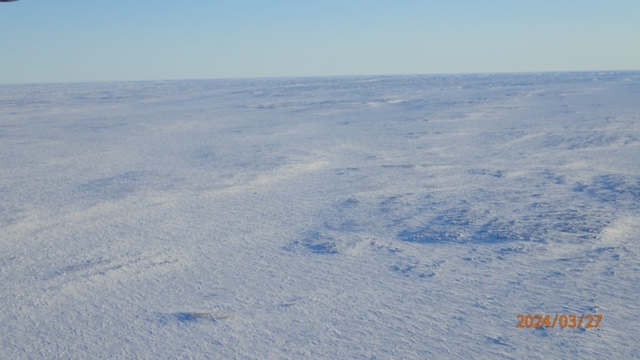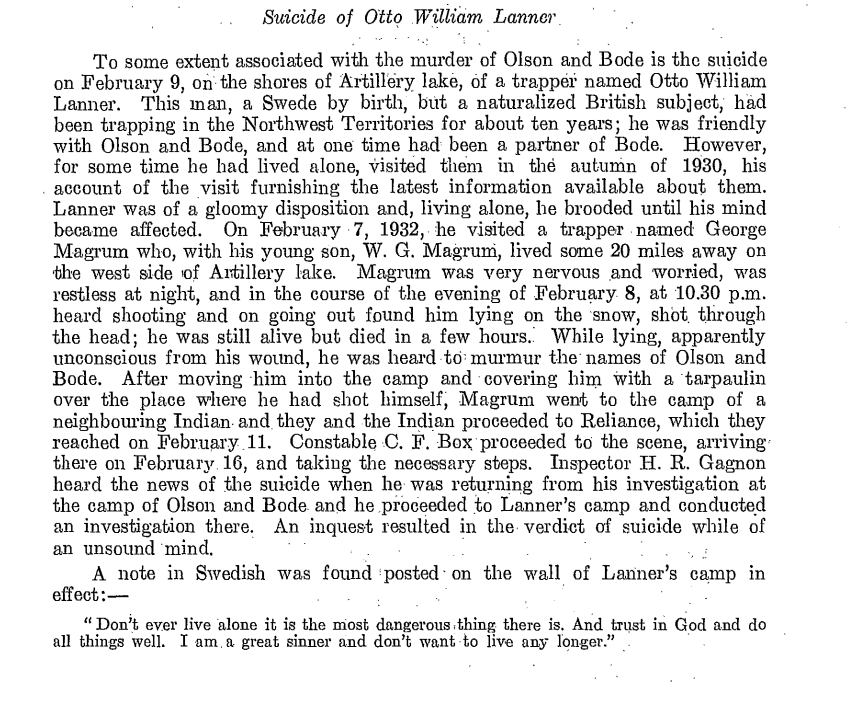I have written before about the happy fact that a pair of ospreys appeared here four years ago, in late June, and spent the height of summer building a nest in the top of a broken-off, fire-killed spruce (there are a few thousand around) east of our house, toward the mouth of the river. I guess that was a warm-up nest, maybe for a first-time pairing of young birds, because nothing came of it and by mid-August 2021 they were gone.
In May 2022 a powerful windstorm, with gusts peaking at over 52 knots, took most of that nest and flung it onto the ground. One osprey appeared, alone, a few weeks later, and in early July a second osprey came back around. Together they undertook a dedicated effort of nest re-construction that went on for weeks, but again, in late summer, they vamoosed, with no sign of egg-laying, incubating, or youngsters.
Last year, with an early onset of spring that nearly broke a record (set back in 1998) here, our osprey neighbors were on the scene by the 12th of May, and with company. Their nest was waiting for them, undamaged during the seven months they’d been away. And for a while in May of last year, there were four ospreys coming and going in the river-mouth and lake-shore neighborhood. We could not understand what was going on, and those “extra” birds are still a mystery.
Two birds stayed; the other two left (but every now and then there was a third and sometimes a fourth stranger around, even into late September.) By early July there was a bird spending most hours of every day sitting in the nest. A month later, there was a change in the routine, more coming and going, and we figured that there was a young bird, or two or three, in the nest. Another month, and there was a lone young one there, for sure, flapping an impressive set of wings and thinking about flying. I was enthralled by this, with a front-row seat through a spotting scope on the upper balcony of the house. I could not believe the good luck of having this big active nest visible right from our house, day after day. I could even see it out the window alongside the sink downstairs. I could watch an osprey circle with a fish in its talons while I was washing dishes and listening to the “news” on the radio. What are the odds, I wondered, that out of all the hundreds and thousands of suitable dead trees, they had picked this one, so perfectly situated?
Only that one new osprey at this nest reached flying age last year, and by October it was on its way, having spent some time alone after its parents flew off. From what I have read, this is the normal course of events. Seems strange to me — how does the young one even know where to go?
And then came an autumn gale. Not 52 knots, but an honest gale. The nest was large and heavy after two seasons of steady talon-hoisted twigs, and its weight right at the top of the tall dead tree doubtless contributed to the leverage needed to topple the whole kit and kaboodle. Down it came, nest and all, severing one massive root-knee and yanking the rest of the root cluster right up out of the sand. I thought all winter long that the trunk had survived the crash unbroken, and I thought that perhaps we could raise it again, put a nest platform in it, guy it off, and have it ready in time for the birds this year — when and if they return.
Alas, a couple of days ago, as we began planning this project and scheming to get it done in the narrow window between the melting of the snow and the possible re-appearance of the birds, Kristen and I realized that the stout trunk is cracked right through, about halfway up, where it spans a gully. There will be no re-raising that nest tree, so ideally situated on the skyline visible from home. Oh well.
Nearby there is another busted-off tree, straight-grained and fire-killed and plenty stout. Maybe even visible from the balcony, although not from the dish-sink. I hatched a plan to use our 40-foot extension ladder to very gingerly reach the top of the tree and square off the tip with a chainsaw, and then to very gingerly whack together some sort of a rudimentary nest platform up there. My two slow tentative trips up the ladder, just to scout the situation, and with the ladder not even hauled out to its full length, convinced me that this was not an easy recipe, and was in fact downright crazy. Surprising as this may be to some people who know me, I came down the ladder the second time, backed off from Plan B, and re-considered.
We are onto Plan C, which is really a modified Plan A. I have found another big white spruce toppled over and still mostly sound, a foot thick at the butt and around 5 inches thick where I lopped it off with the chainsaw. We will try to mount a nest platform on the tip of that trunk, and then with a gin-pole hoist it back up, guy it off with stout ropes, pile sand and boulders around the root-clump knees at its base… and wait and see. If the birds come back, they will see the offering, and decide.
What’s with the title of this wandering missive, you ask? Just my musing about how life goes along, and goes by, and comes on, in chapters and segments that are very short, very full, and in some respects very long. Six months ago, the original nest tree had just fallen over. Damn. Six months from now, it is possible, but far from certain, that a bird that does not even exist right now as anything at all will have hatched from an egg in the nest platform we just might succeed in raising, and that at the ripe old age of two months it will be a couple thousand feet in the air on an October night, flying south more than a thousand miles to spend its first winter.
All of this I find amazing.
We live in a time when we are supposed to be astounded by many things. And believe me, I am astounded by many things, as night after night I wash up the dishes and listen to the BBC or the CBC, or what have you. Maybe what astounds me are not the same things that astound you. There is “ooh,” and “ahh,” and “huh?” This osprey saga, even with narrow bookends of half a year back and half a year forward, all parsed and punctuated by the backdrop of this constantly changing landscape, all ticking by through the years of my own life — well, right now this ongoing and uncertain story is helping me keep a (mostly) cheerful perspective on what is truly amazing: life, love, and the search for a trustworthy tree-top, close to some good fishing.




You must be logged in to post a comment.